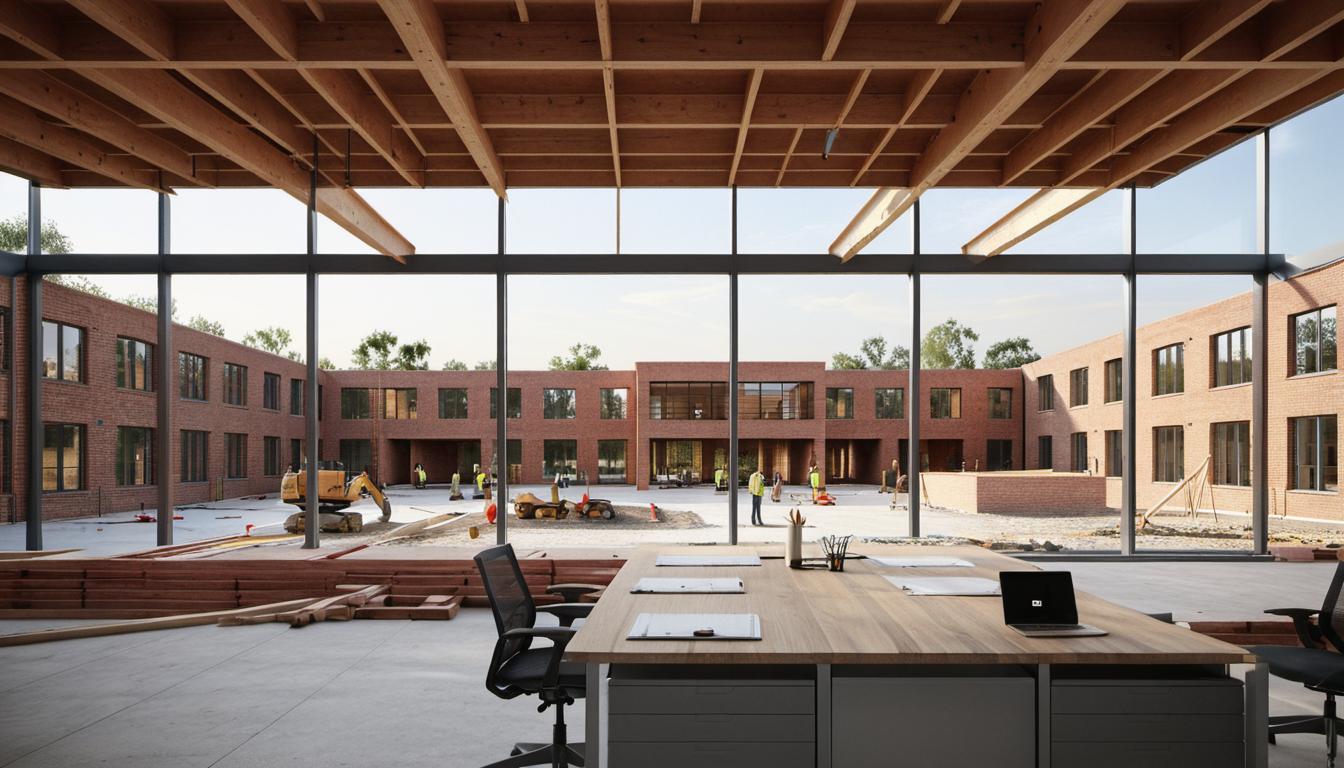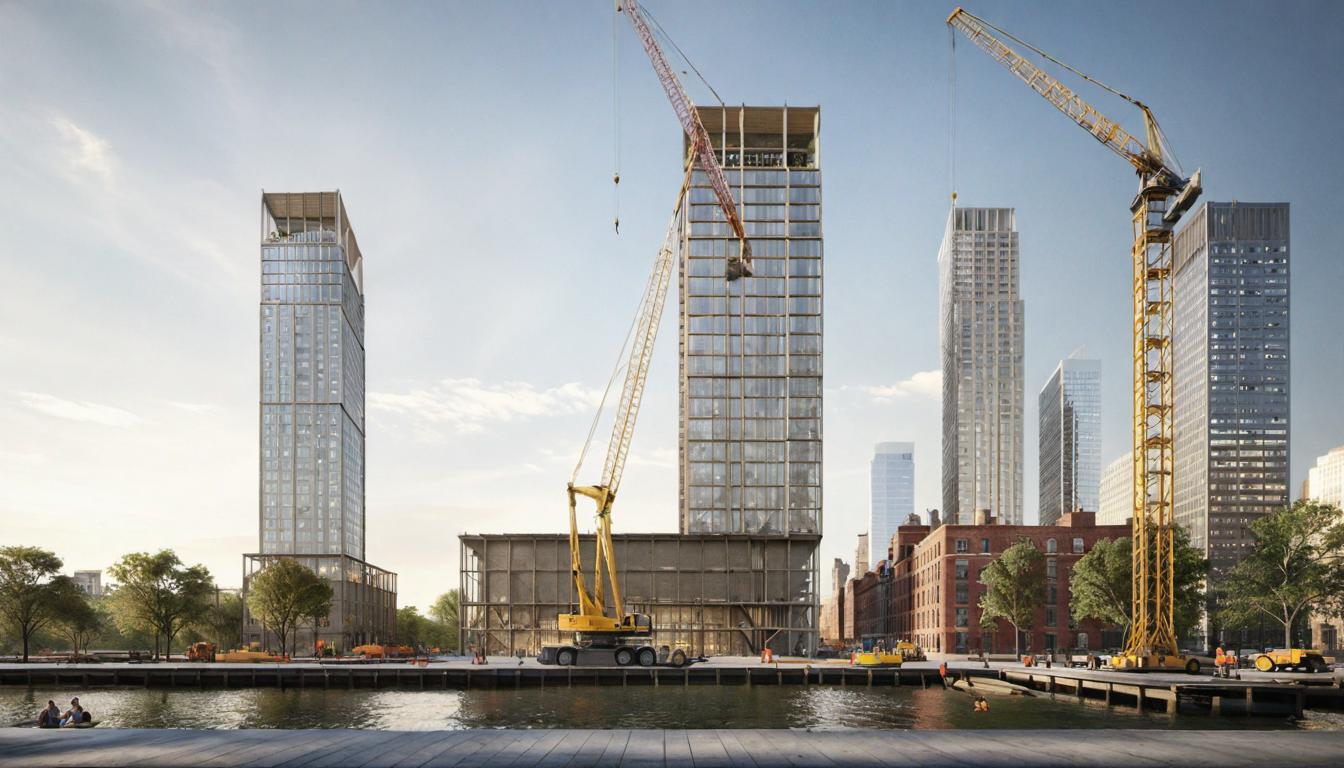Introduction
Imagine being able to view a property in stunning detail before it’s even built. This is the magic of architectural visualization for real estate. This fascinating intersection of technology and architecture allows for incredibly realistic depictions of properties, which have vast implications on the real estate market. These 3D renderings offer an unprecedented opportunity to engage potential buyers, providing them with an immersive experience that static blueprints simply cannot match.
Understanding 3D Architectural Visualization for Real Estate
- Architectural visualization is the art of creating three-dimensional images or immersive visualizations of a building design. It uses cutting-edge technology to show a building’s features, aesthetics, and functionality in an appealing, easy-to-understand way.
- In real estate, 3D visualization helps showcase an unconstructed property’s true potential and deliver a superior visual experience, elevating the sale process.
- By enabling clients to see and virtually ‘walk-through’ the proposed property design, architectural visualization helps them connect with the space on a deeper level. This often leads to increased interest and faster sales.
Role of Virtual Depictions in Selling Unfinished Properties
- Virtual depictions bring a project to life, helping potential buyers see beyond the blueprints. By viewing a realistic 3D rendering of the property, buyers can envision the completed project, significantly aiding their decision-making process.
- Virtual renderings also enable realtors to start the marketing process early. Even when a building is still under construction, a well-designed rendering can start attracting prospective buyers.
- By highlighting unique property features and showcasing amenities that might not yet exist, virtual depictions can drive up interest and increase the sale value of a property.
The Value of High-Quality Visual Materials in Marketing
- High-quality visual materials play a crucial role in marketing efforts. Detailed, crisp visuals are far more impactful than simple text, making a lasting impression on potential clients.
- Quality visual materials capture attention and generate interest. A well-structured 3D rendering can pull in prospective buyers much more effectively than traditional marketing material.
- Moreover, these visuals add credibility to your offerings, providing potential clients with a solid representation of the property’s final appearance. They act as proof of concept, offering validation that the project will fulfill its promises.
CGI Creates Emotional Connect
- CGI (Computer Generated Imagery) renderings go beyond simple property representation. They seamlessly blend technology and imagination to create images that are full of life, helping to build an emotional connection between the property and the potential buyers.
- By including homely elements and realistic environmental effects, CGI can evoke feelings of comfort and desirability, positively influencing buyer decisions.
Justifying High Price Real Estate through Visualization
- 3D visualization is an excellent tool for justifying the high prices often associated with luxury properties. It can flawlessly showcase a property’s unique features and high-end materials, giving potential clients a clear view of what they are investing in.
- By highlighting surrounding amenities – like local nature or proximity to important landmarks – architectural visualization can emphasize the exclusivity and charm of a property, solidifying its value in the buyer’s mind.
- The ability to customize visualizations also showcases the potential for personalization, which is a significant seller in luxury markets, further justifying the property’s price.
Personalizing and Speeding Up the Sales Process with 3D Visualization
- With customization options, 3D visualization empowers clients to explore different layout and design possibilities. This ability to “see” variations drives engagement and speeds up the decision-making process, streamlining sales.
- 3D visualization also offers an edge in negotiations by allowing for any changes or requests to be rendered and shared with clients instantly, facilitating quick and efficient agreement.
- From selling the concept to closing the deal, architectural visualization plays an important role in every step of the sales process, personalizing the experience for clients and expediting sales completion.
Preparing for the Future with VR & 360-Degree Imagery
- With the construction industry adopting newer technologies like virtual reality (VR) and 360-degree imagery, architectural visualization is set to become even more immersive and engaging.
- This advancement will allow for seamless, realistic walkthroughs of prospective properties, taking the buyer’s experience to another level and becoming an invaluable tool in a realtor’s arsenal.
Frequently Asked Questions
- How does 3D visualization benefit real estate marketing campaigns?
3D visualization enhances real estate marketing by providing potential buyers with realistic, engaging visuals of properties. These compelling visuals can drive higher engagement, inspire confidence in buyers, and ultimately, lead to quicker sales. - Can architectural visualization justify the high price of luxurious properties?
Absolutely. 3D visualization can vividly represent the unique features, premium materials, and overall quality that justify a luxurious property’s high cost. It aids in demonstrating the value that buyers will be getting for their investment. - How does 3D visualization facilitate the sale of unfinished properties?
Architectural visualization allows developers to showcase the final appearance of a yet-to-be-constructed property. This helps potential buyers engage with the property and envision what the end product will look like, which can fast-track sales. - What role does architectural visualization play in the real estate development process?
Architectural visualization plays a pivotal role across the development process – from acquiring investor confidence to selling the project. It simplifies complex plans, enhances stakeholder communication, and aids in catching and rectifying issues early in the construction process. - What are the advantages of using 3D rendering services in real estate promotions?
3D rendering services provide real estate promotions with precise, high-quality, and compelling visuals that attract potential buyers. They allow for an immersive experience that can bridge the gap between the developer’s vision and the client’s understanding, significantly enhancing marketing efforts.
Final Thoughts
The real estate industry stands to benefit immensely from architectural visualization. Embracing this technology can revolutionize the way properties are marketed and sold. Not only does it save time and money by detecting issues ahead of time, but it also accelerates the sales process, providing an immersive, customizable experience for potential buyers. Strongly backed by 3D rendering and virtual reality technologies, architectural visualization is indeed the invisible game changer in real estate.






